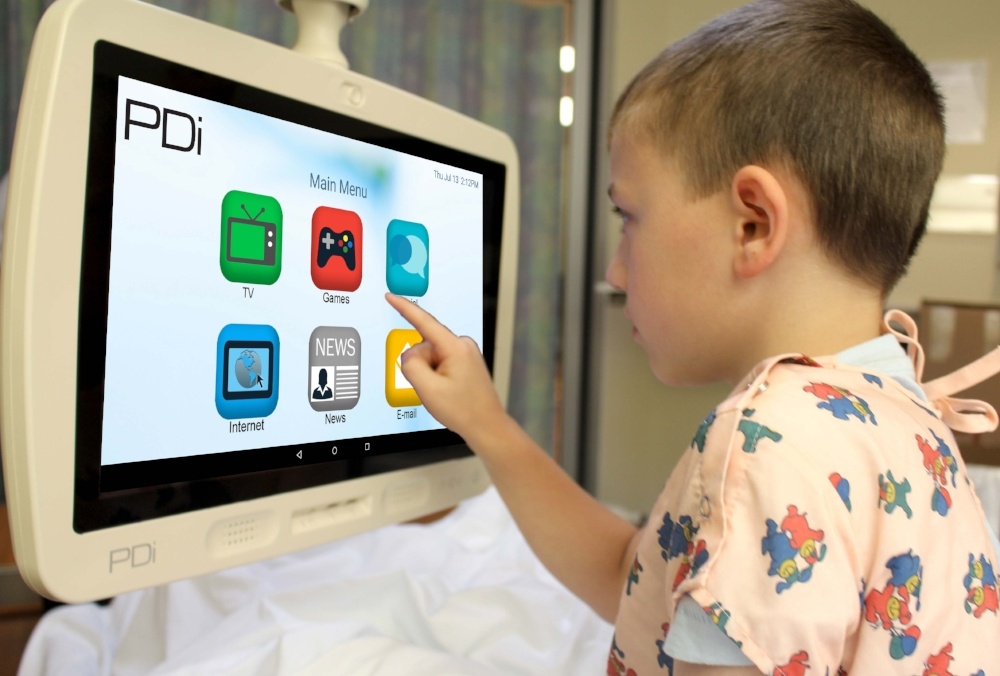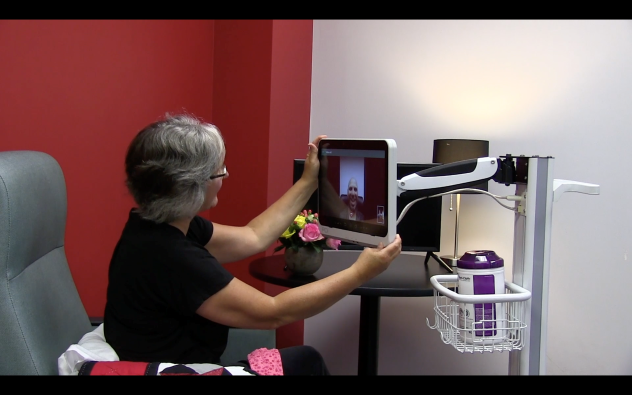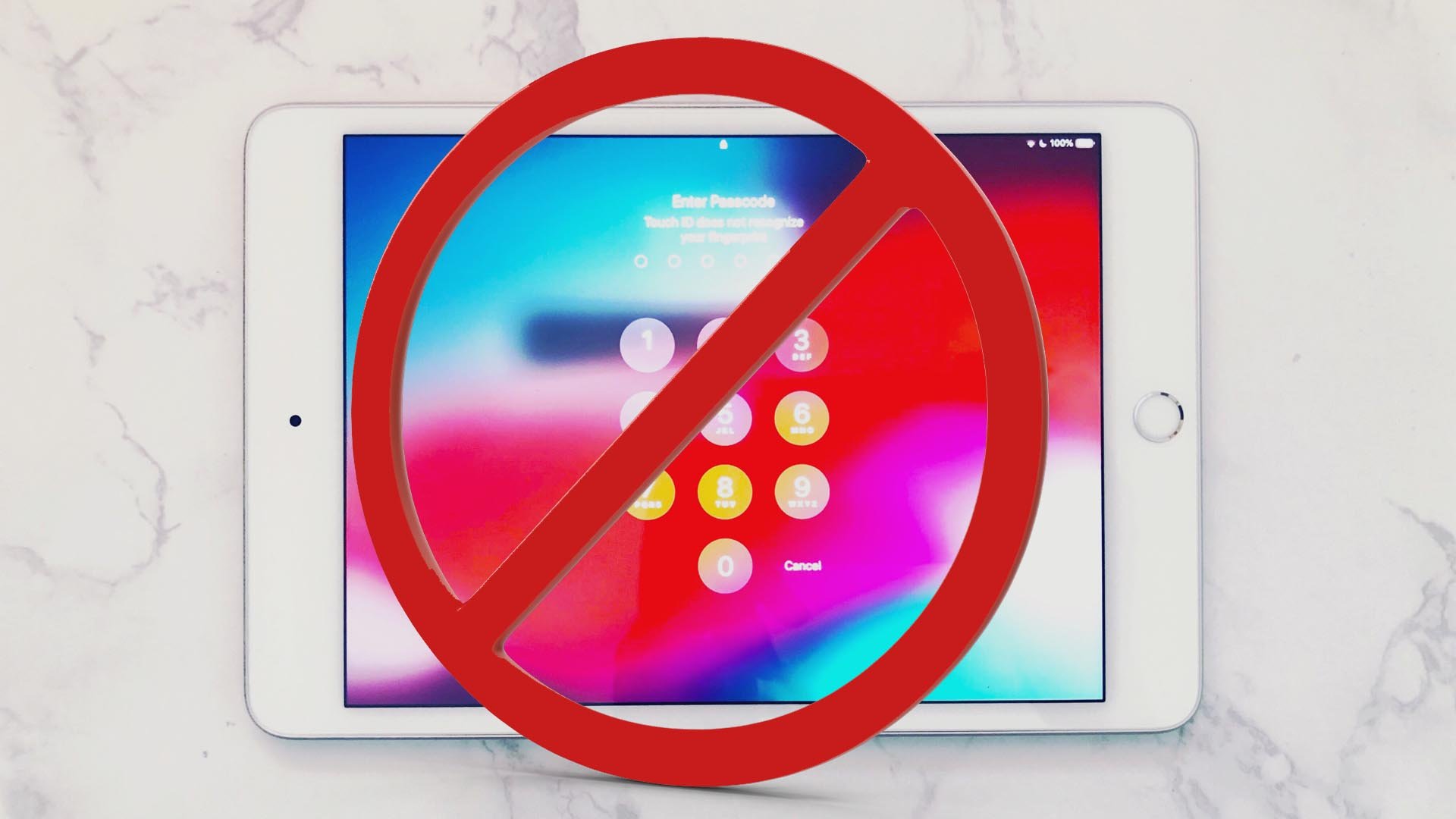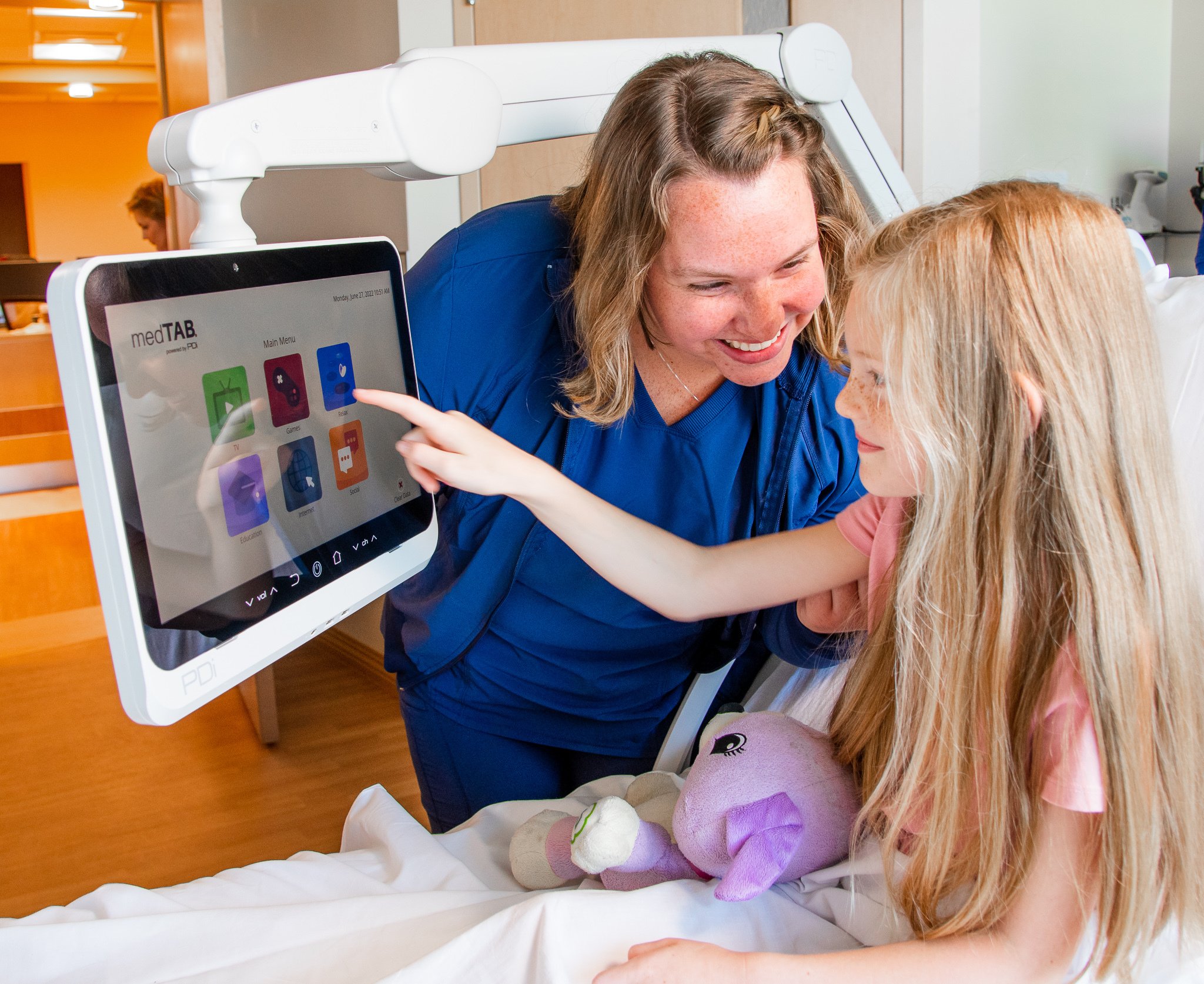Safely Engage Patients with Communication and Entertainment Carts
Healthcare providers know how important a safe, great experience is for patients and their overall satisfaction. Providers are often looking for new...

You already know that HCAHPS measures your patients’ interactions with doctors and nurses, their environment, overall experiences, understanding, and discharge proceedings. These topics and questions are great for gathering data, but it can be difficult to understand how to actually make changes to improve your scores.
For instance, you can provide education and explain new treatments and changes to your patients, but it’s hard to know if that information is going to stay with them. How will they measure and rate their understanding? It’s hard to say.
What if, instead of focusing on the HCAHPS questions, you focused on five key elements of patient engagement? Prioritize satisfying and delighting your patients through their engagement and experience in your facilities. Focus on the patient and improved HCAHPS will follow. Let’s take a look at those five key elements.
Great patient engagement begins and ends with collaboration. In fact, the term “patient engagement” itself makes it obvious: patients should be actively engaged in their care. This will not only help improve their experience, but it can also have a positive impact on their health outcomes. Invite your patients to be active participants in their care.
For example, begin by asking them to tell you what they think you should know about their situation or encourage them to ask their questions. Sure, you can always ask follow-up questions to get key information, but by letting them tell their story, you can understand how to respond to improve your interactions and what is important to them.
Most patients have goals for their healthcare. Sometimes these are obvious, like “get better” or “fix my current problem,” but other times they can be deeper.
It’s also important to understand why they have these goals. A father might want to take better care of his heart to ensure he’ll be at his daughter’s wedding. Maybe a young girl wants to recover from surgery as quickly as possible so she can make it to prom.
Your patients’ motivations can tell you a lot about themselves, but they can also help you shape your patient engagement and interactions. By speaking from a place of understanding, you can show patients that you are aligned with their goals and are working to achieve them with your patient. This helps build collaboration and improve their engagement in the process.
We’ve touched on this a bit, but actively listening to your patients is one of the best ways to improve their experience and patient engagement. This also has very direct implications on your HCAHPS scores, as two questions ask about careful listening by doctors and nurses. Careful, active listening is one of the best ways to involve patients in their care.
People can tell if the person they’re talking to is actually paying attention to them. If they begin to feel you’re not truly listening, they might begin to share less information. Not only will this create a negative experience, but it can also have a detrimental impact on their care. Breaking down their trust by not listening to them decreases your opportunities to learn potentially critical information they would have shared otherwise.
Being a patient can be overwhelming at times, especially for those facing a new diagnosis. One of the best ways to involve a patient in their care, decrease their anxiety, and increase their engagement is to fully explain their treatment and medications to them. Informed patients are more likely to follow through on their care plan. If you’re following all of these suggestions, ideally the patient will have collaborated on the plan’s creation, which helps, too.
Helping the patient understand why you’re suggesting a particular medication or method of treatment will help them want to take their medicines and go to treatment. Explain their potential side effects so they’re prepared and understand why the benefits of the medicine outweigh the side effects. This could take a few visits to their room as they digest this information and think about questions, but it makes a difference for the patient.
Above all else and in every interaction, make sure every patient feels respected and empowered. If you can only implement one of these suggestions, begin here. Answer their questions, even the one they’ve asked twice already. Respond to their call as soon as you can.
Patients don’t want to have to ask for help to get water or use the restroom, so by responding quickly you can help minimize that discomfort. Ask for your patient’s opinions and really consider them. If your patients feel respected, they’ll remember their hospital stay in a positive light.
You’ve probably noticed that these five facets of patient engagement overlap a bit. Patient engagement revolves around collaboration and working toward a patient’s health goals together in a meaningful, empowering way.
The five aspects of patient engagement we’ve listed here are a great place to start improving relationships, outcomes and HCAHPS. When you make the choice to truly “be present” when focused on a patient, those interactions make a major impact. Even if it doesn’t feel like you’re addressing one of HCAHPS’ metrics, these are the moments patients will remember.
The level of a patient’s engagement revolves around the time they spend with their healthcare providers. In reality, though, you have many patients to attend to, and, although you seem to have superpowers, you can’t be in two places at once. While technology is never a complete replacement for a personal interaction, it can help fill the gap in busy hospital moments.
With a personal device like the medTAB, patients can access entertainment to distract them or nature sounds for relaxation, or you can provide a dedicated education television channel to help patients absorb more information.

Read more about how medTAB® can improve patient engagement, or give us a call for more information!

Healthcare providers know how important a safe, great experience is for patients and their overall satisfaction. Providers are often looking for new...

1 min read
Updated December 10, 2024 by Cat Saettel Patients can easily feel lonely during infusion therapy or a hospital stay. Healthcare organizations can...

One of the biggest challenges facing healthcare providers today is keeping patients engaged in their healthcare. After all, without proper...